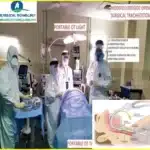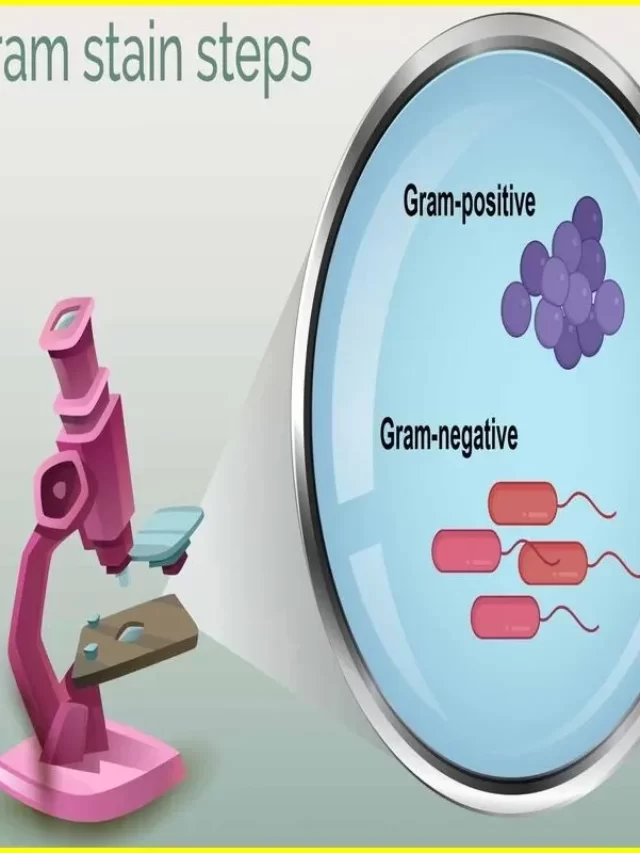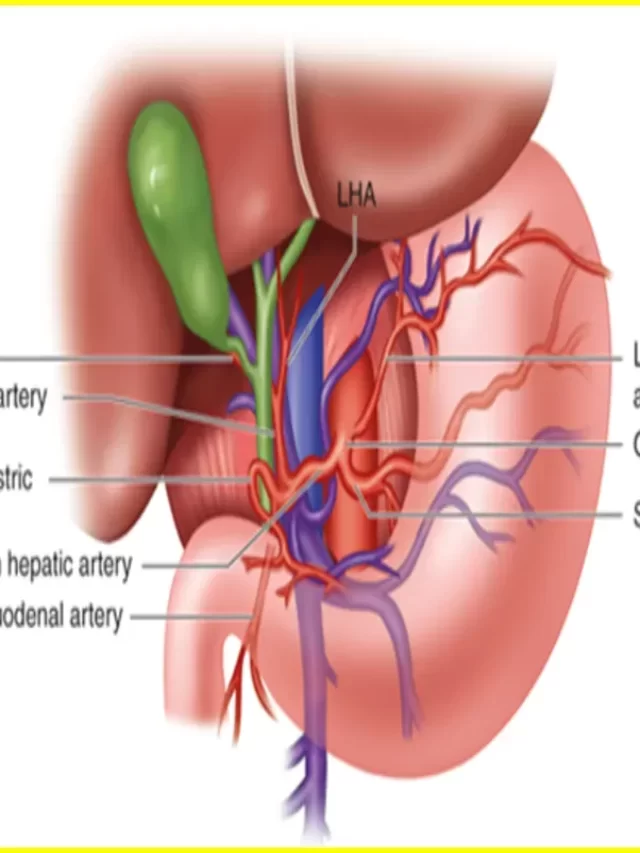Tracheostomy after Ventilator Covid
The COVID-19 epidemic has posed unprecedented problems to our healthcare system, with mechanical ventilation patients bearing the brunt of the burden. While many people have recovered from the virus with the support of a ventilator, some require further treatment, such as a tracheostomy. In this blog article, we’ll look at what tracheostomy is, why it may be required following COVID-19 ventilator therapy, and what patients may anticipate during and after the surgery.
Can COVID positive patients have tracheostomy?
Patients with COVID-19 who require mechanical breathing for a lengthy period of time may need a tracheostomy. This is a surgical technique in which an incision in the neck is made and a hole in the windpipe (trachea) is opened. The hole is subsequently filled with a tube that is attached to a ventilator.
Tracheostomies are largely risk-free surgeries, however there are occasional complications. Bleeding, infection, and tissue injury are all possible complications. Furthermore, because the tracheostomy tube is placed in the neck, it might cause discomfort and pain. Due to infection or other difficulties, the tube may need to be changed or removed in rare circumstances.
COVID-19 individuals who have had a tracheostomy should have their medical staff regularly follow them. To avoid infection, the team will clean and replace the trach tube as needed. They will also take vital signs and monitor the patient’s lung function.
Article About:- Health & fitness
Article About:- Medical Technology
Article About:- Sports

What is the outcome of tracheostomy in COVID?
There is no definitive answer to this question as the outcome of tracheostomy in COVID patients can vary significantly depending on the individual case. Some patients may recover completely after undergoing tracheostomy, while others may experience ongoing complications or even die from the procedure. In general, however, patients who require tracheostomy due to COVID-19 are more likely to have a poorer prognosis than those who do not require the procedure.
When Should a ventilator be stopped?
A ventilator should be stopped when the patient is able to breathe on their own and has been stable for a while. If the patient is still struggling to breathe, then the ventilator settings may need to be adjusted.
How long can a person live on ventilator?
A ventilator is a machine that helps a person breathe. A tracheostomy is a surgical procedure that creates an opening in the neck so that a person can be connected to a ventilator.
The length of time a person can live on a ventilator depends on many factors, including the underlying cause of the need for ventilation, the person’s age and overall health, and access to medical care. In general, younger and healthier people are more likely to survive longer on a ventilator than older or sicker people. People with chronic illnesses or who require long-term ventilator assistance may not live as long as those who only need short-term assistance.
It is difficult to predict how long someone will live on a ventilator because each case is unique. However, it is important to remember that many people who require ventilation eventually recover and are able to lead normal lives.
What is the alternative to tracheostomy?
There are a few alternatives to tracheostomy after ventilator covid. One is to simply have the patient continue to use the ventilator without performing the tracheostomy surgery. Another option is to wean the patient off of the ventilator gradually, allowing them to take more breaths on their own until they no longer need the machine. Finally, some patients may be candidates for less invasive surgeries such as laryngectomies, which remove only a portion of the vocal cords.

Frequently Asked Questions
When should I go from ventilator to tracheostomy?

It can take 5-14 days for a person to go from being on a ventilator to getting a tracheostomy. A person with severe closed head injuries or who requires extended breathing may, however, transition from ventilation to tracheostomy after 3-7 days.
Can COVID positive patients have tracheostomy?

The findings suggest that, with proper care and timing, tracheostomies may be done successfully on individuals who test positive for COVID-19. It should be emphasized that almost all tracheostomy providers (98%) reported wearing particulate-filtering facepiece respirators during tracheostomies.
Can a patient recover from a tracheostomy?

Getting acclimated to breathing through the tracheostomy (trach) tube may take 2 to 3 days. Each day, you may expect to feel better. However, adjusting to life with your trach (pronounced “trayk”) may take at least two weeks. It may be difficult to make noises or talk at first.
Why do you need a tracheostomy with COVID-19?

Tracheostomy has been offered as a way to assist arrange the healthcare system in order to deal with the unprecedented number of patients hospitalized in intensive care units (ICU) for COVID-19-related ARDS. However, it is regarded as a very high-risk process for contamination.
Why do ICU patients get tracheostomy?

Tracheostomy is often done on severely sick patients with acute respiratory failure who require extended mechanical ventilation and/or have failed several efforts to wean from mechanical support for 14 to 21 days. Tracheotomy’s involvement in weaning.




